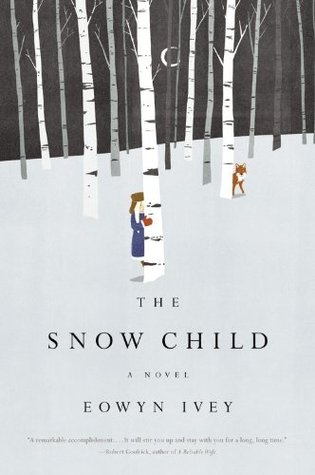The name Frank Herbert might not be a household name. He lived a solitary life writing science-fiction novels in the 1950s through the 80s, and had unique, liberal opinions about politics that weren’t normalized at the time. Yet his contributions to science-fiction and literature are significant; in 1965, he published his most acclaimed work to date: a story called Dune.
Dune is the story of Paul Atreides, set far in the future. Machines are invalid, space travel has advanced to behemothic proportions yet human interaction is simple and somewhat primal. Across the planets, there exist houses that are run by the Imperium, a large organization led by an Emperor. Each house has a “duke” or “baron” of the family bloodline.
Paul Atreides is the son of Duke Leto of House Atreides, who is called upon by the emperor himself to take control of spice production on the planet Arrakis. The spice ‘melange’ is a coveted material used for space travel and a hallucinatory drug. For the Atreides, it is the most important event in history. But Arrakis — also known as “Dune” — is the most dangerous planet in the universe… and rival houses will stop at nothing to control the spice.
What makes Dune quite possibly the most acclaimed SF novel is that it doesn’t play like a SF novel. The majority of the novel plays like The Lord of the Rings in a desert.
Rather than coming up with complex technologies and futuristic concepts, Herbert instead created several in-universe religions and individual lores that make each family or clan more distinctive. The standard SF concepts are light, because as the story progresses, Paul’s journey becomes frequently intertwined with dreams and spirituality rather than technology.
The story itself is, by today’s standards, nothing new. The journeys of Luke Skywalker in Star Wars or Neo in The Matrix are similar verbatim.. But Dune was one of the first stories to demonstrate the “hero’s journey”. However, Dune focuses on the negative impacts of destiny and prophecy. What Herbert tells the readers is that there are no perfect saviors.
It is also a masterclass in world-building, which is another aspect that the book uses to its advantage. Herbert builds a universe with events and characters that exist outside of the central story, which makes the main characters feel like they are a part of something much grander.
The character of Baron Harkonnen, the story’s main antagonist, could be a point of contention in today’s world. His relationship with his nephew is rather unfortunate and is perhaps the only aspect of the story that doesn’t age well.
Several new printings of Dune have near a hundred pages of supplementary material, including a dictionary and index. This can be extremely helpful, as Herbert gives little exposition or explanation after using terms like ‘kanly’ (conflict between houses permitted by the Imperium), ‘gom jabbar’ (a poisoned needle), or various terms used by the Fremen, the people of Arrakis who are integral to the second half of the story.
Frank Herbert was liberal to a fault, even back in the 60s. He had a lot to say about politics (rather, what he didn’t want to say) and Dune reflects that. Much of the second half of the story is a form of political allegory, with its larger conflicts being between Paul and the Emperor as political figures. The story is also a heavy environmentalist parable. Arrakis is a desolate planet inhabited by harsh warriors who have adapted to its climate, without water or much natural food. The planet is mined for its resources by imperial forces with much disregard for how it impacts the people living there. Additional supplementary material (written as in-universe essays by an ecologist) details these matters further.
Dune is an incredibly dense novel, finishing at as few as 600 to as many as 800 pages, depending on current publications. This can turn off new readers, especially those intimidated by long books. Dune has also been published as a series of three graphic novels, adapted by Herbert’s son, Brian Herbert. They exchange Herbert’s writing for elegant imagery that contrasts the oceans and smooth stone of the Atreides homeworld of Caladan with the harsh oranges and jagged cliffs of Arrakis. However, readers may spend more money on the three volumes than on a paperback.
Upon release, Dune was met with acclaim from critics and writers alike. Famously, it won the first Nebula Award (now a high honor in SF writing), and won Best Novel in the twelfth Hugo Awards. Arthur C. Clarke (author of 2001: A Space Odyssey) compared it favorably to The Lord of the Rings. Director George Lucas cited it as inspiration for Star Wars (1977), and despite not quite reaching iconic status amongst the general public, its influence has been felt.
And still, Dune stands as not only a great science-fiction novel, but one of the most important novels ever written. Many critics will say that it is perhaps more relevant now than it was almost sixty years ago, and they would be right. A simple story woven with complex threads, and a brilliant tale of adventure, heroism, subversion, feminism, and above all, a story of environmentalism.
It’s a book that truly makes the readers think, about fate, about politics, about the nature of heroes and what that really means. There can be no saviors without oppressors. And who can shape the perfect future?














